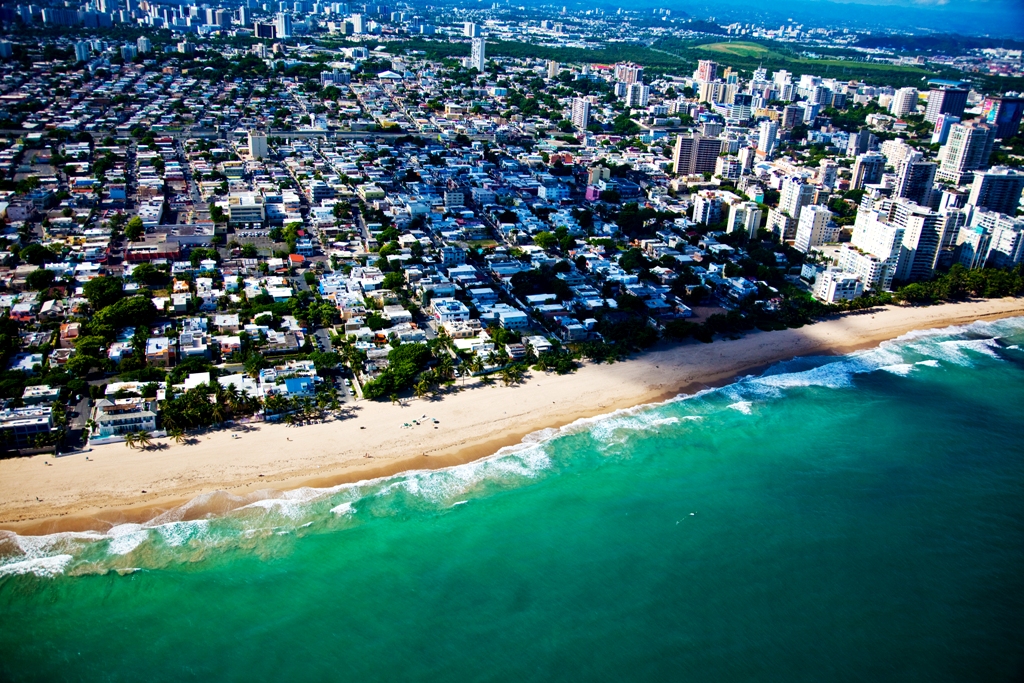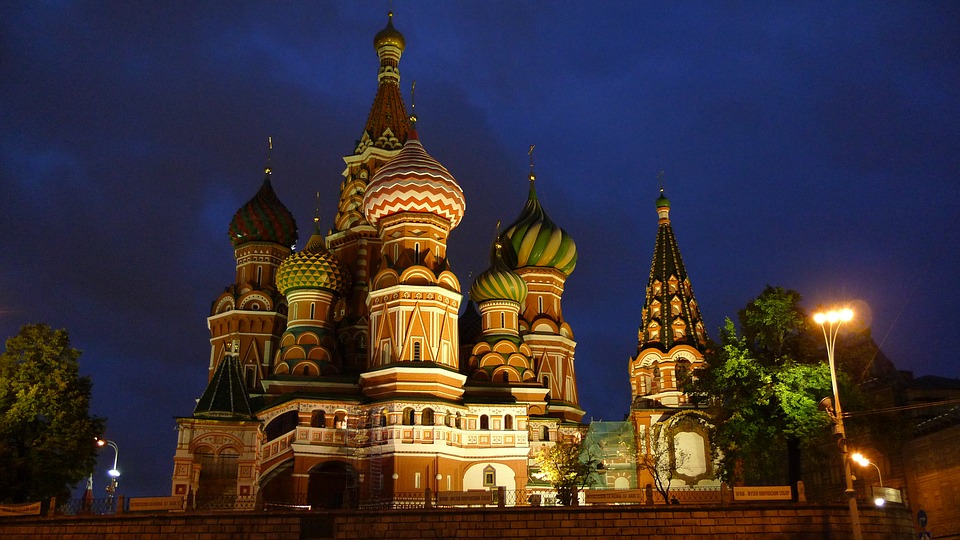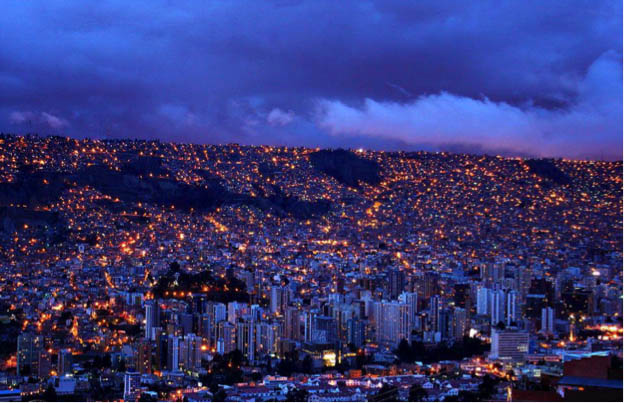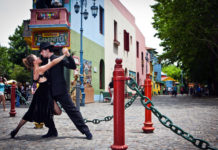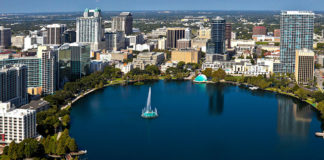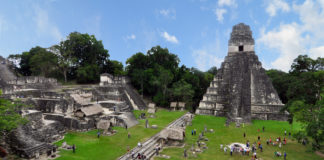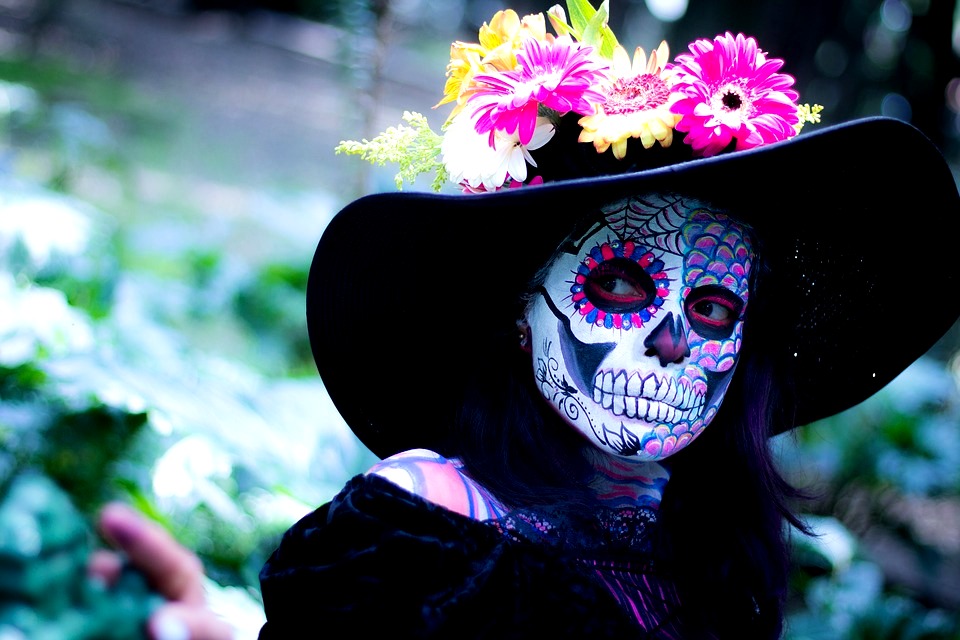
The Day of the Dead – or Día de los Muertos – is one of the most emblematic celebrations in the Latin American culture. It is a two-day holiday honoring the spirits of the deceased. This celebration coincides with the Christian holidays of All Hallows’ Eve (November 1) and All Saints Day (November 2).
This traditional holiday is celebrated with a wide variety of cultural activities for the enjoyment of tourists and locals. Check it out!
An Intangible Heritage Of Humanity
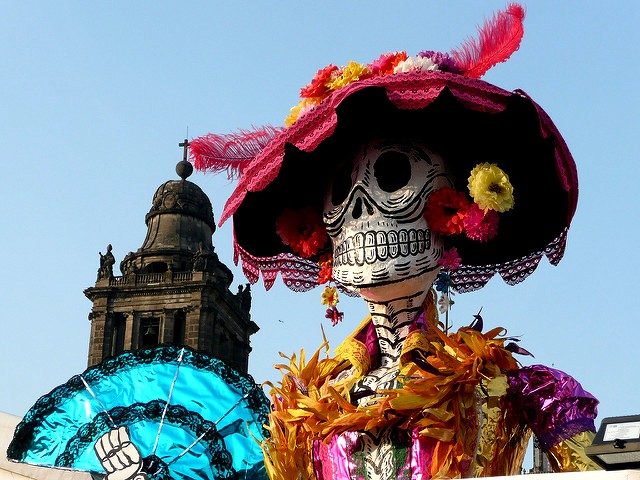
The celebration comes from the combination of pre-Hispanic beliefs and the Christianity from the Spanish conquistadors. Mexicans who observe this holiday believe that on this day the souls of their deceased loved ones return to earth to visit their relatives, which is cause for reunion and joy. The people celebrate the arrival of their deceased with traditional foods, altars and tributes.
The rituals have garnered so much wonder and admiration that since 2003 has been called Intangible Heritage of Humanity by Unesco.
Honoring The Dearly Departed

Traditionally the people in Mexico celebrate this day with elaborate altars called “ofrendas”. This are placed in their homes and tend to be decorated with fruit, candles and sugar skulls to honor dead relatives.
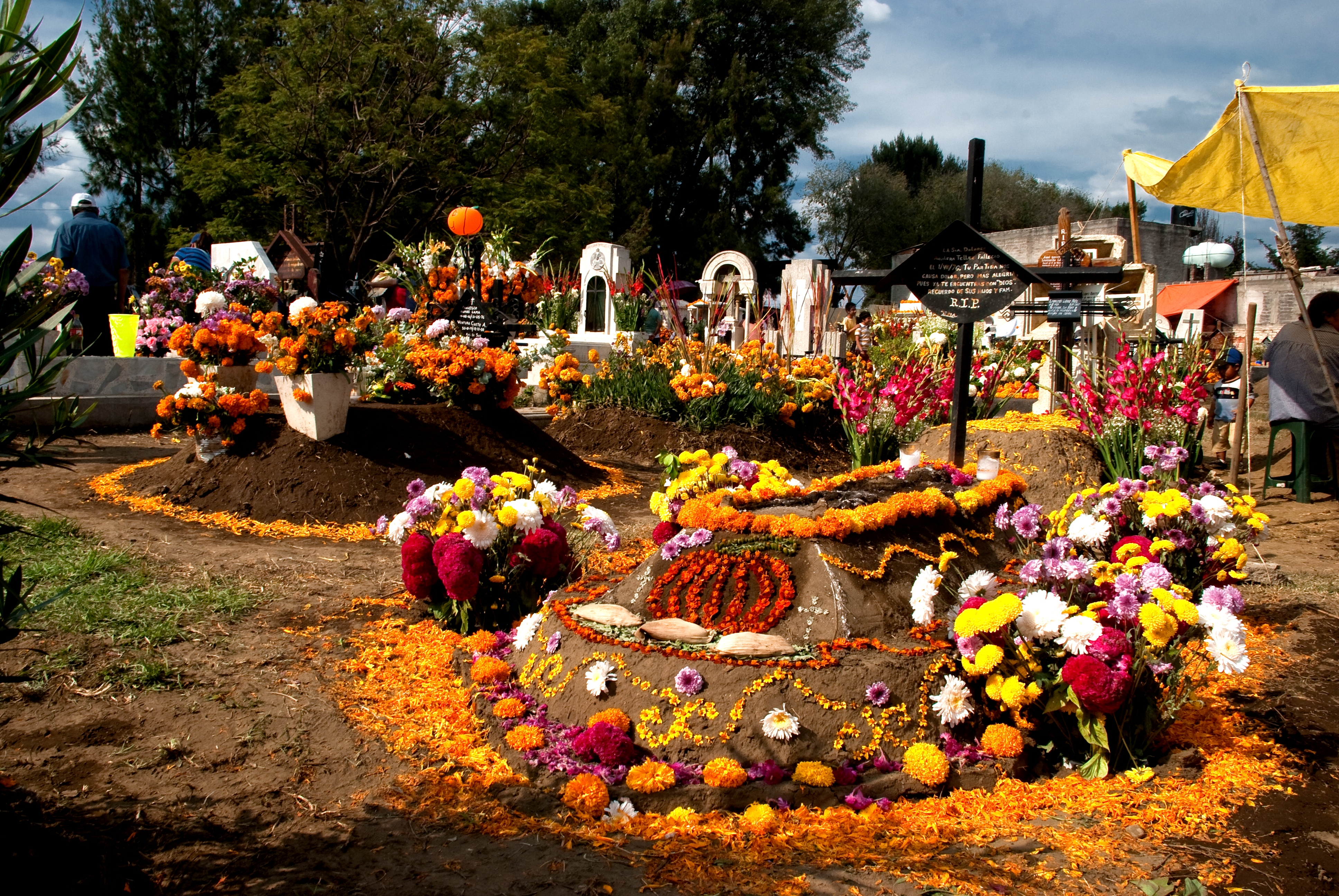
Besides the altars at home, on November 2, entire families take a picnic to the cemeteries. The families go to their relatives’ graves, and in some cities, the residents will spend the entire day partying in cemeteries.

A new tradition is children disguised in costumes. The kids go knocking on neighbors’ doors asking for candy or money. This activity is quite similar to the US Halloween trick-or-treat.
Fun And Color In Mexico City
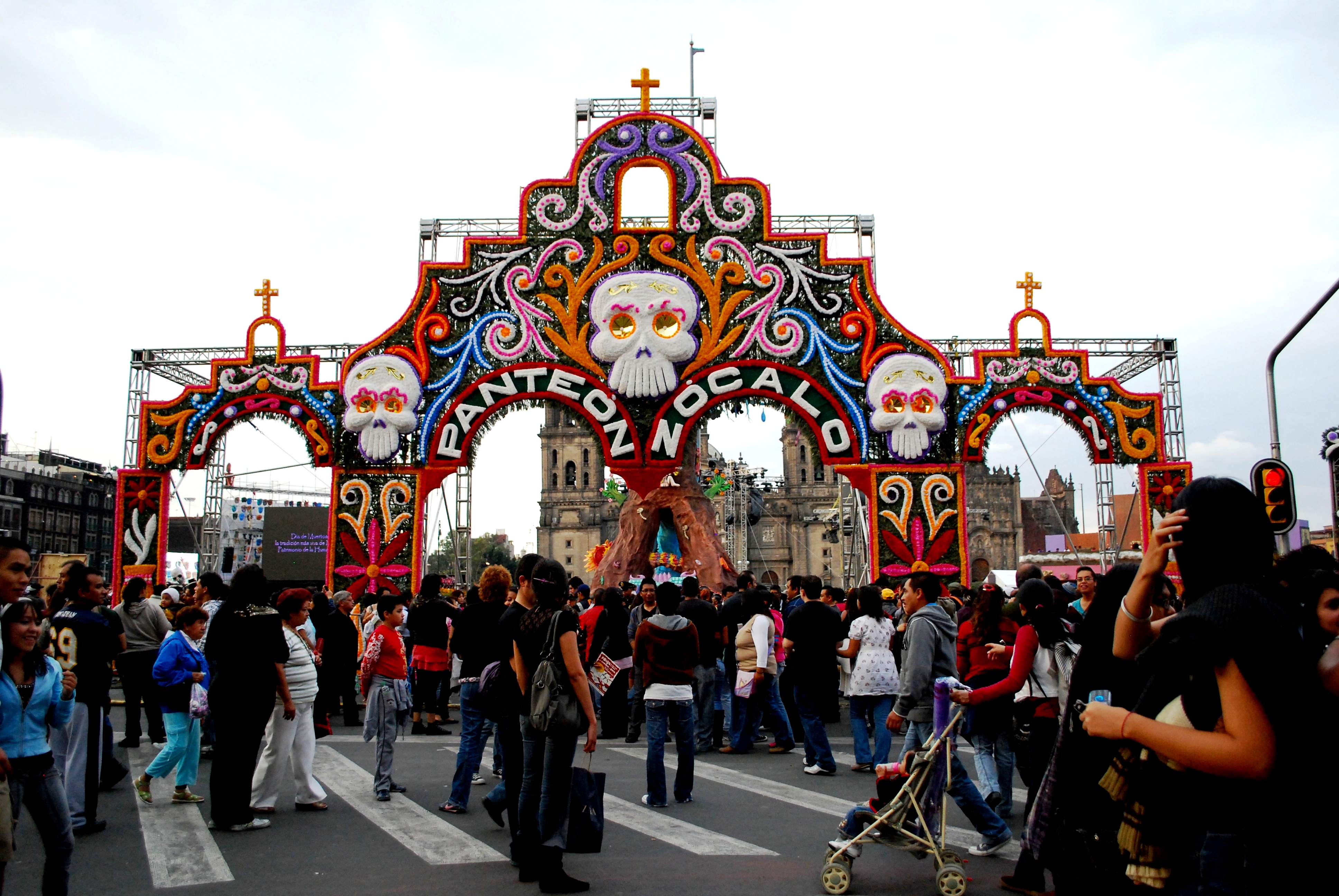
During this time of the year, there are multiple activities all over Mexico City. People can plan a visit to the Historic Center, where they can see the thousands of offerings in the streets that are placed by the locals to honor their deceased.

Another place to visit in Mexico City is Xochimilco. There are all kinds of family friendly activities in this colorful place including plays and a trip in trajinera (a type of boat) accompanied by the mythical legends of the regions.
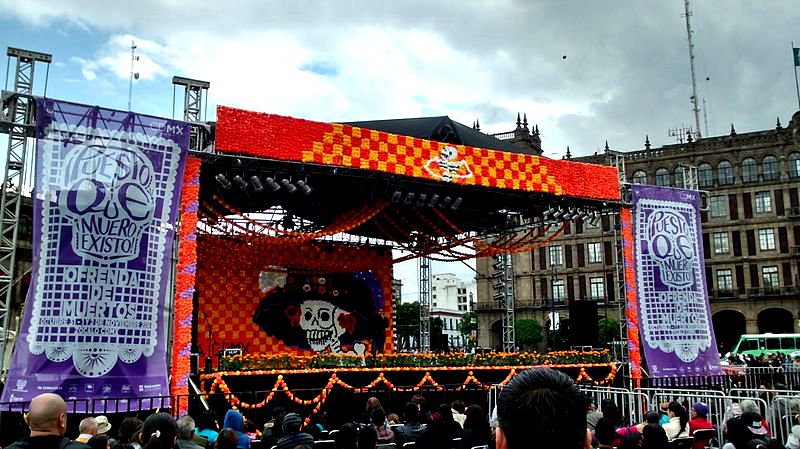
The Catrina Fest, named after one the major symbols of death: “La Catrina”, is one of the major events in the city and consists of exhibitions, traditional dances, and a huge concert with some of the country’s top musical acts. The festival finishes with a procession on the night of November 2.
Have Some Bread Of The Dead
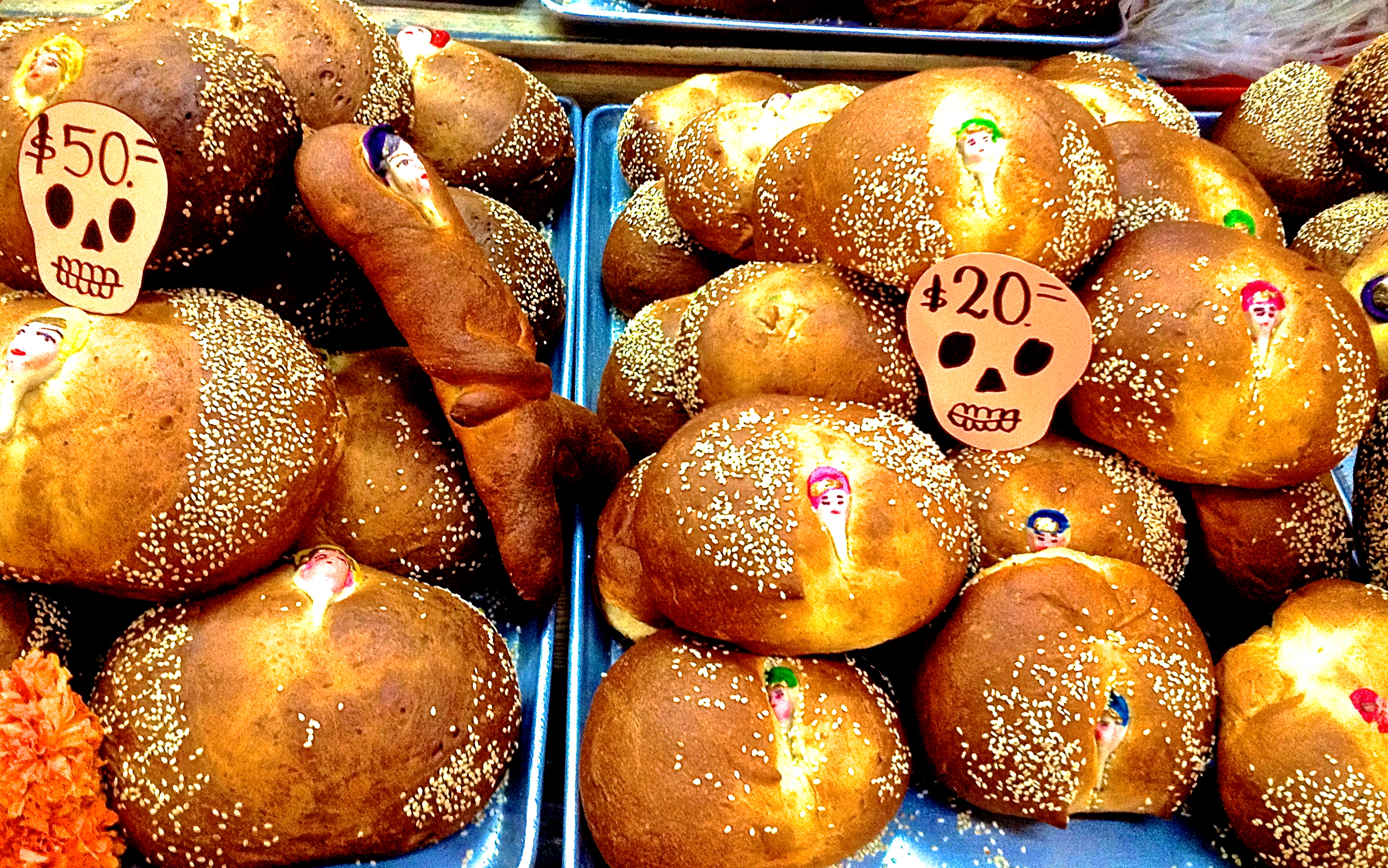
Pan de Muerto or Bread of the Dead is the most iconic food. This refers to the bread that is prepared and eaten during the festivities and it’s left in the altar. It is a round, sweet bread with shapes on top in the form of bones, and it’s sprinkled with sugar or sesame seeds.
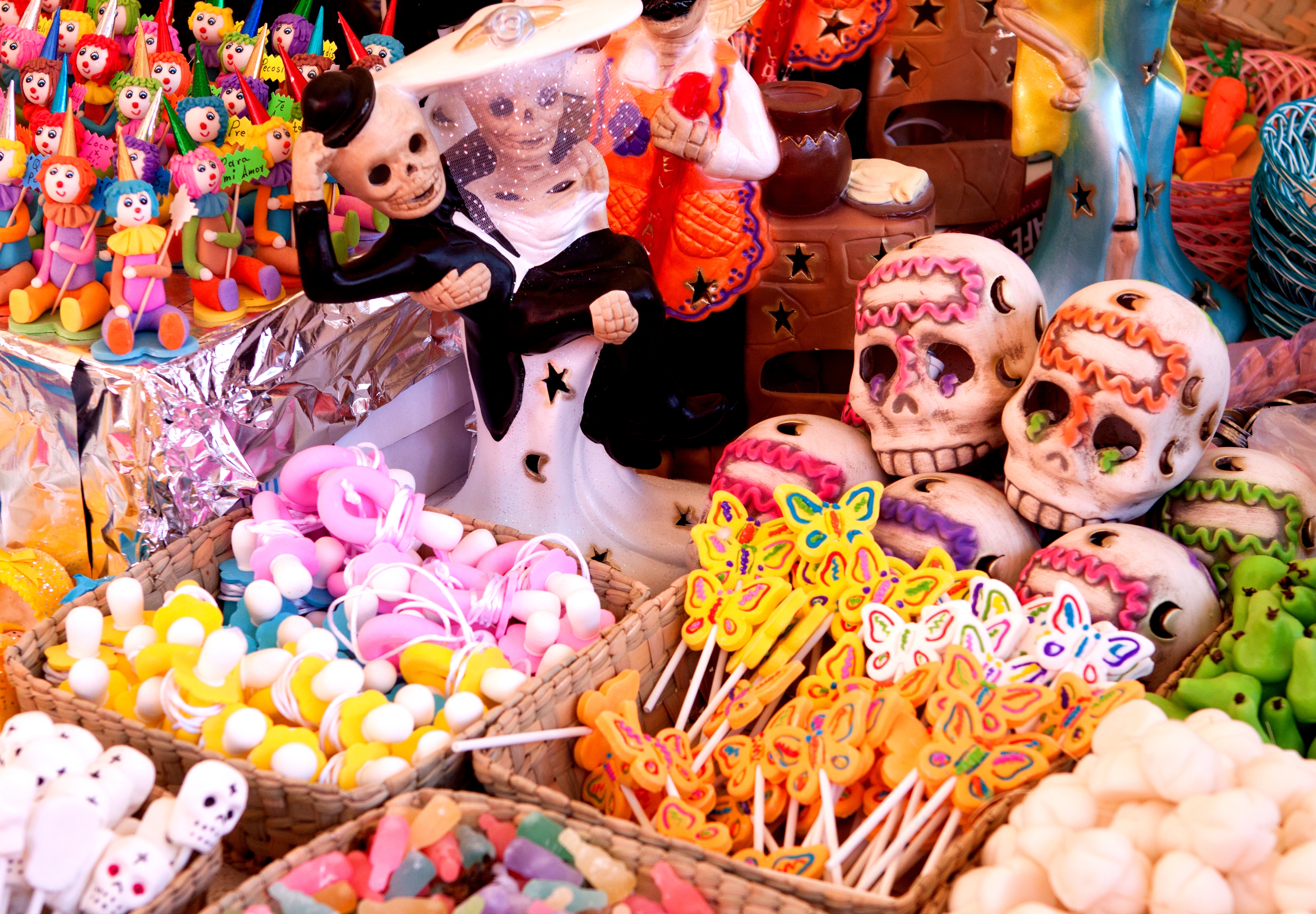
Tamales, mole negro and sugar skulls are also some typical meals. And even though these plates tend to be left in the altar and get eaten later, there are many markets and food vendors that prepare these meals for the enjoyment of the visitors.
Day Of The Dead Around The Country
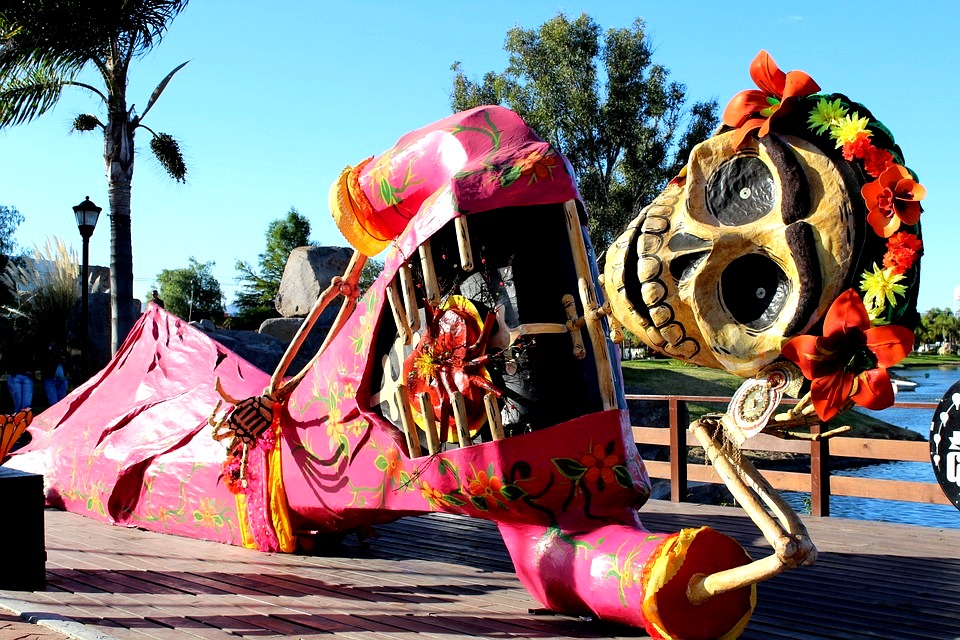
This festivity is an excellent time to plan a visit to Mexico. It gives the tourist a fantastic chance of not only witnessing the special event, but they can also enjoy the natural beauty of Mexico in autumn.
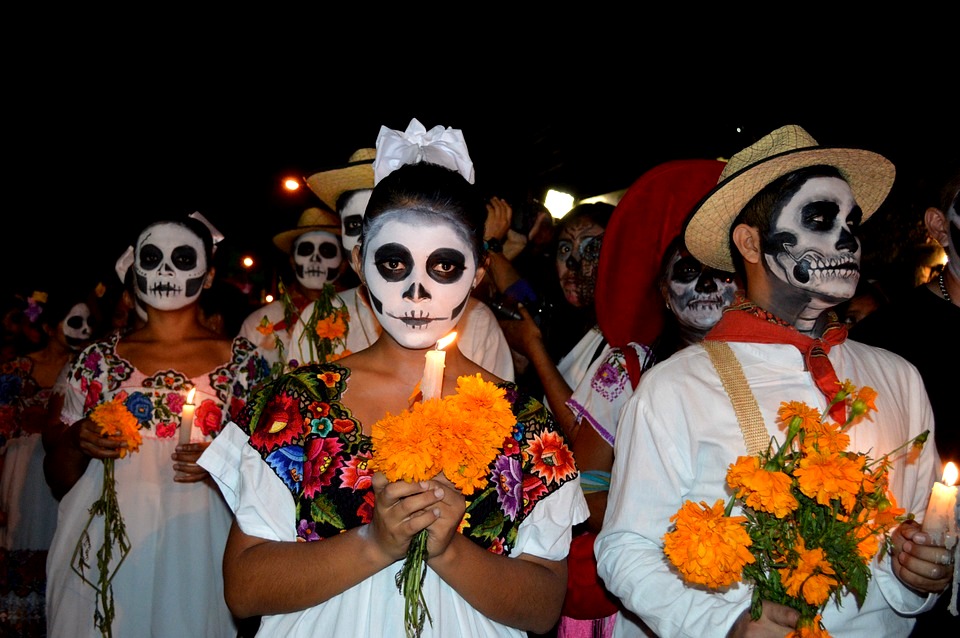
Although many of the activities may seem to be celebrated privately, there are many public events that people can enjoy and no one will mind if a tourist decides to go to the cemeteries and other public spaces where Mexicans honor their dead.
Day of the Dead is celebrated in different locations throughout the entire country. The more colorful festivities are in Mexico City, Michoacan, Oaxaca and Chiapas.
More Information:

